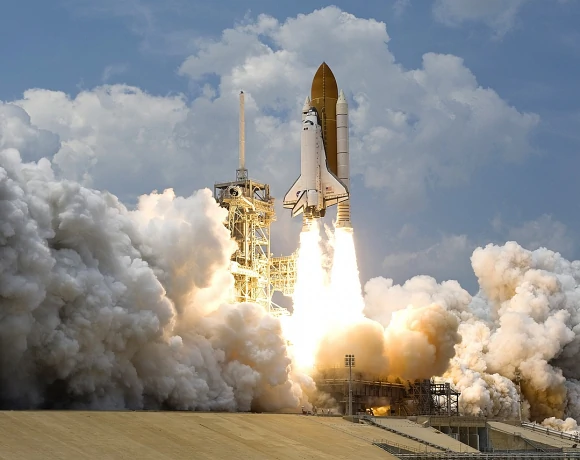Image credit: wikiImages via Pixabay
Firefly Aerospace, in partnership with Millennium Space Systems, has successfully launched the U.S. Space Force’s “Victus Nox” mission. This achievement sets a remarkable record in space exploration for the time it took the project to complete: a mere 27 hours from the time the order was given. The mission’s Latin name, “Victus Nox,” meaning “conquer the night,” perfectly encapsulates its purpose – to demonstrate the rapid acquisition, assembly, integration, and launch of a satellite.
A New Level of Response Time
The historic mission was launched from California’s Vandenberg Space Force Base. The speed of delivery show’s the United States’ ability to respond promptly to potential threats. Lt. Gen. Michael Guetlein, the head of Space Systems Command, emphasized its importance:
“The success of Victus Nox marks a culture shift in our nation’s ability to deter adversary aggression and, when required, respond with the operational speed necessary to deliver decisive capabilities to our warfighters.”
Responsive Space Capabilities Anticipated
The mission, led by SSC’s Space Safari program office in collaboration with the Rocket Systems Launch Program, achieved the remarkable feat of launching the satellite within just 27 hours of receiving launch orders. Boeing subsidiary Millennium Space Systems played a pivotal role in constructing the spacecraft.
This efficient execution of the “Victus Nox” mission paves the way for the U.S. Space Force to establish responsive space capabilities by 2026. This includes having satellites on standby, ready for immediate launch, and the potential for collaborations with commercial partners to gather crucial data during crises.
This mission marks the Space Force’s second tactically responsive space demonstration. It follows the 2021 launch on a Northrop Grumman Pegasus XL rocket. Looking ahead, the Space Force is preparing for its next responsive space mission, “Victus Haze.” The mission is a collaboration with the Defense Innovation Unit, with a focus on end-to-end execution using commercial capabilities.
The success of “Victus Nox” highlights the growing prominence of Firefly Aerospace as a leading provider of responsive launches. The company has plans for upcoming missions for NASA, the National Reconnaissance Office, Lockheed Martin, and other valued customers. Firefly’s Vice President of Launch Vehicles, Adam Oakes, expressed confidence in the company’s technology and dedication.
The “Victus Nox” mission represents the U.S. Space Force’s capabilities in space, showing its agility and precision.

